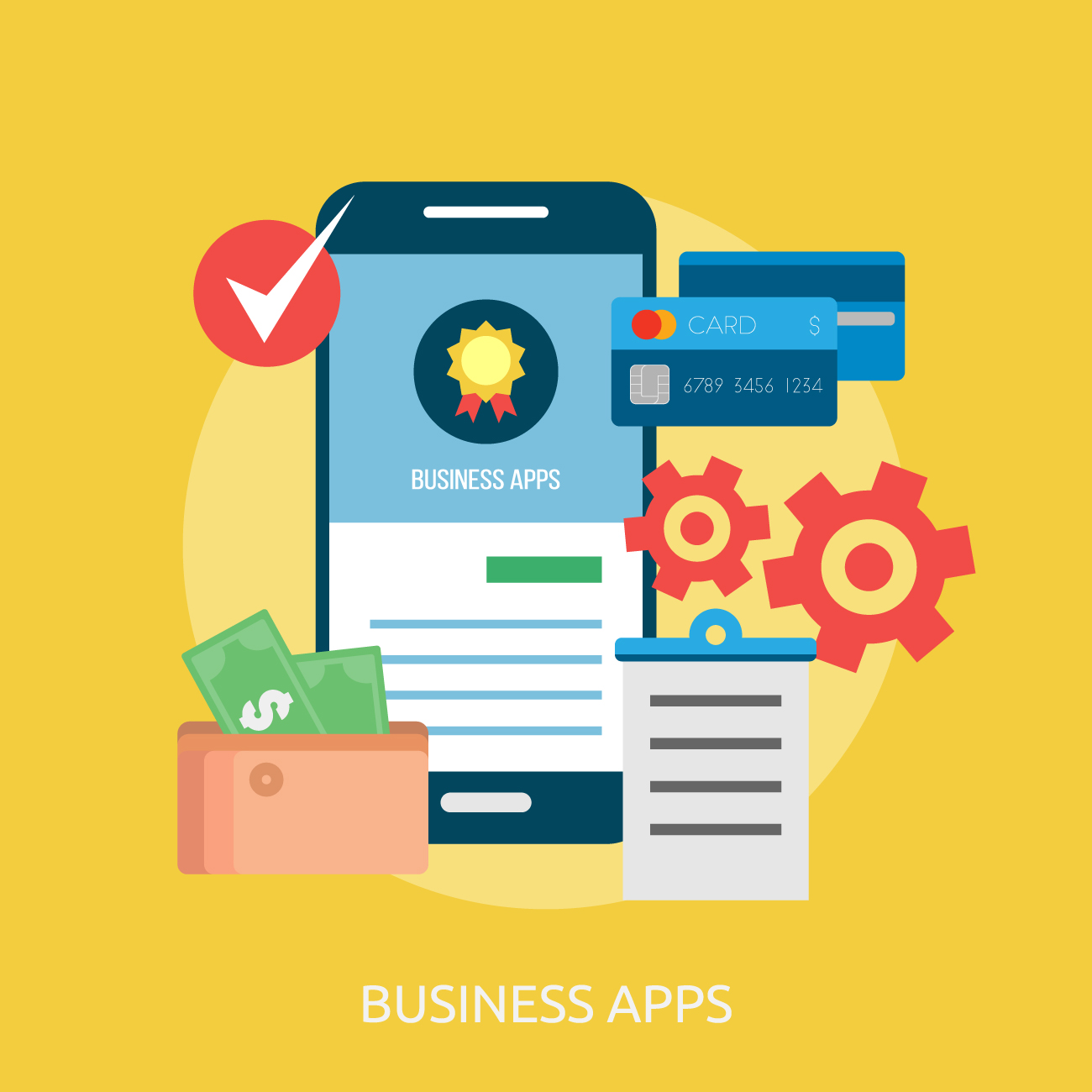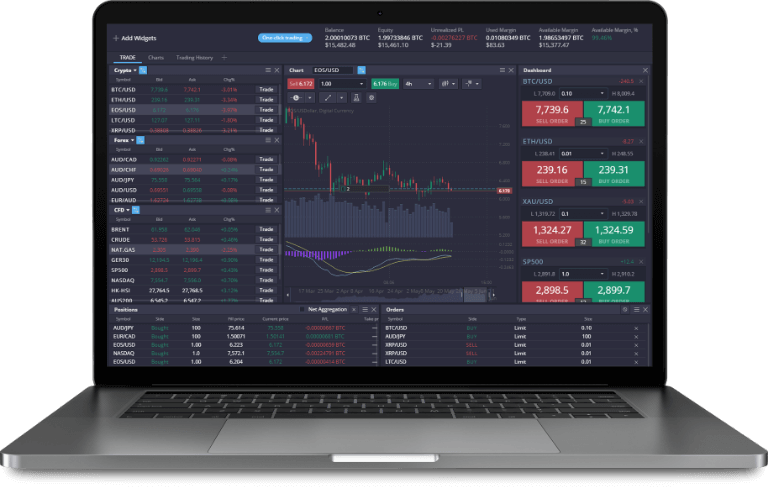Introduction
In the ever-evolving landscape of startups and entrepreneurship, building a Minimum Viable Product (MVP) has become a crucial step towards success. An MVP allows you to test your ideas, gather valuable feedback, and iterate on your product before fully committing resources. In this blog post, we’ll explore a unique and comprehensive guide on how to build an MVP that not only meets the needs of your target audience but also sets the stage for long-term success.
Define Your Vision
Before diving into the development process, take the time to clearly define your vision. What problem are you solving? Who is your target audience? What sets your product apart? A solid understanding of your vision will guide every step of the MVP creation process.
Identify Core Features
One of the key principles of building an MVP is to focus on essential features. Identify the core functionalities that address your users’ pain points and deliver immediate value. Resist the temptation to add every possible feature at this stage – simplicity is key.
Create User Personas
Develop detailed user personas based on your target audience. Understand their needs, preferences, and pain points. This will help you tailor your MVP to meet the specific requirements of your users and enhance the overall user experience.
Choose the Right Tech Stack
Selecting the appropriate technology stack is crucial for the success of your MVP. Consider factors such as scalability, flexibility, and ease of maintenance. Leverage modern frameworks and tools to streamline the development process while ensuring a solid foundation for future iterations.
Develop a Prototype
Begin the development process by creating a prototype that showcases the basic functionalities of your MVP. Tools like Figma or Sketch can be valuable for designing a user-friendly interface. The prototype serves as a visual representation of your product, allowing you to gather initial feedback before investing in full-scale development.
Iterate Based on Feedback
Launch your MVP to a select group of users and collect feedback. Analyze user behavior, identify pain points, and gather insights that can inform your next steps. Remember, the goal is not perfection but rapid iteration. Use the feedback to refine your product and address any shortcomings.
Test, Test, Test
Rigorous testing is a non-negotiable phase in MVP development. Identify and address bugs, optimize performance, and ensure a seamless user experience. Thorough testing will enhance the reliability of your product and build trust among your user base.
Prepare for Scale
As positive feedback rolls in and user adoption increases, be prepared to scale your product. Ensure your infrastructure can handle increased traffic, and plan for future feature enhancements based on user needs and market trends.
Conclusion
Building an MVP is a dynamic process that requires a balance of vision, user-centric design, and adaptability. By following this comprehensive guide, you can create a solid foundation for your startup, increase the likelihood of success, and position your product for growth in a competitive market. Remember, the journey doesn’t end with the MVP – it’s just the beginning of an exciting and transformative entrepreneurial adventure.




